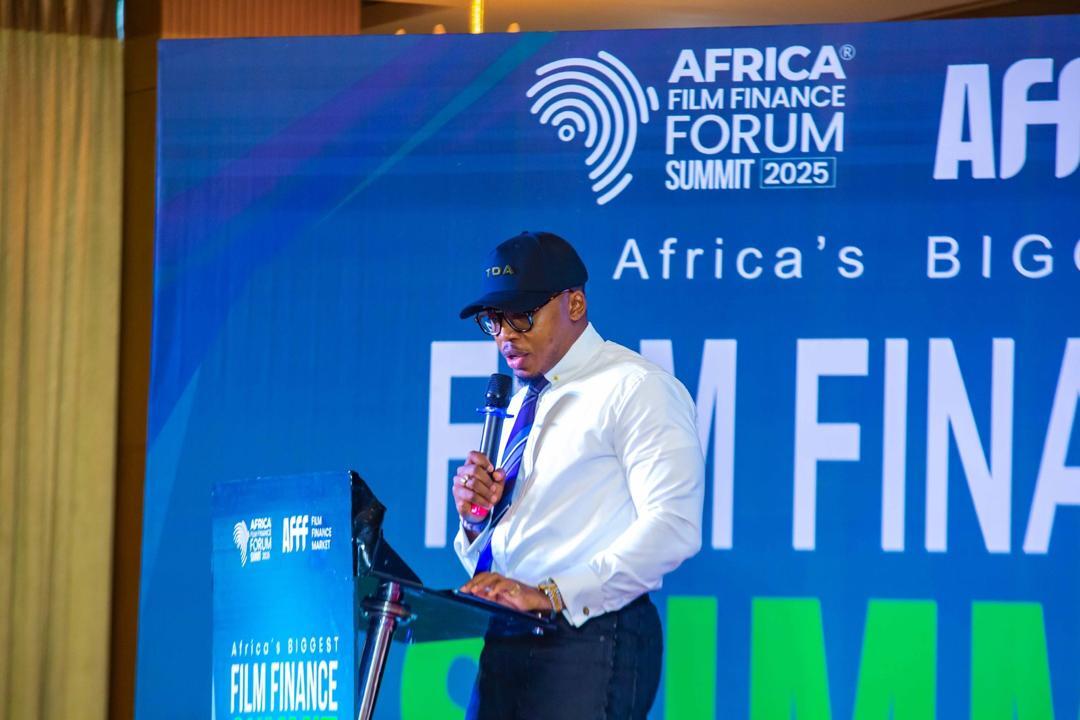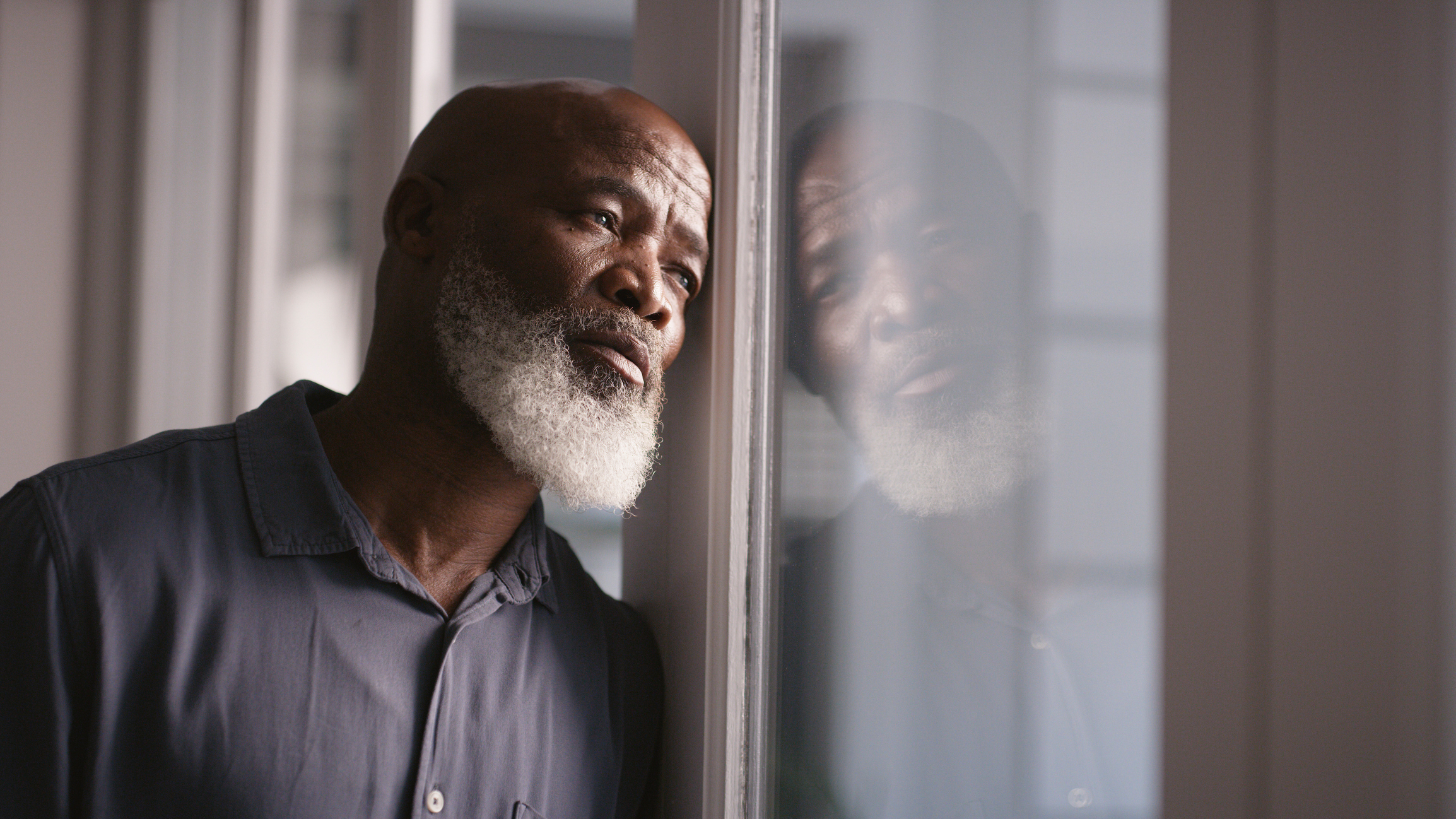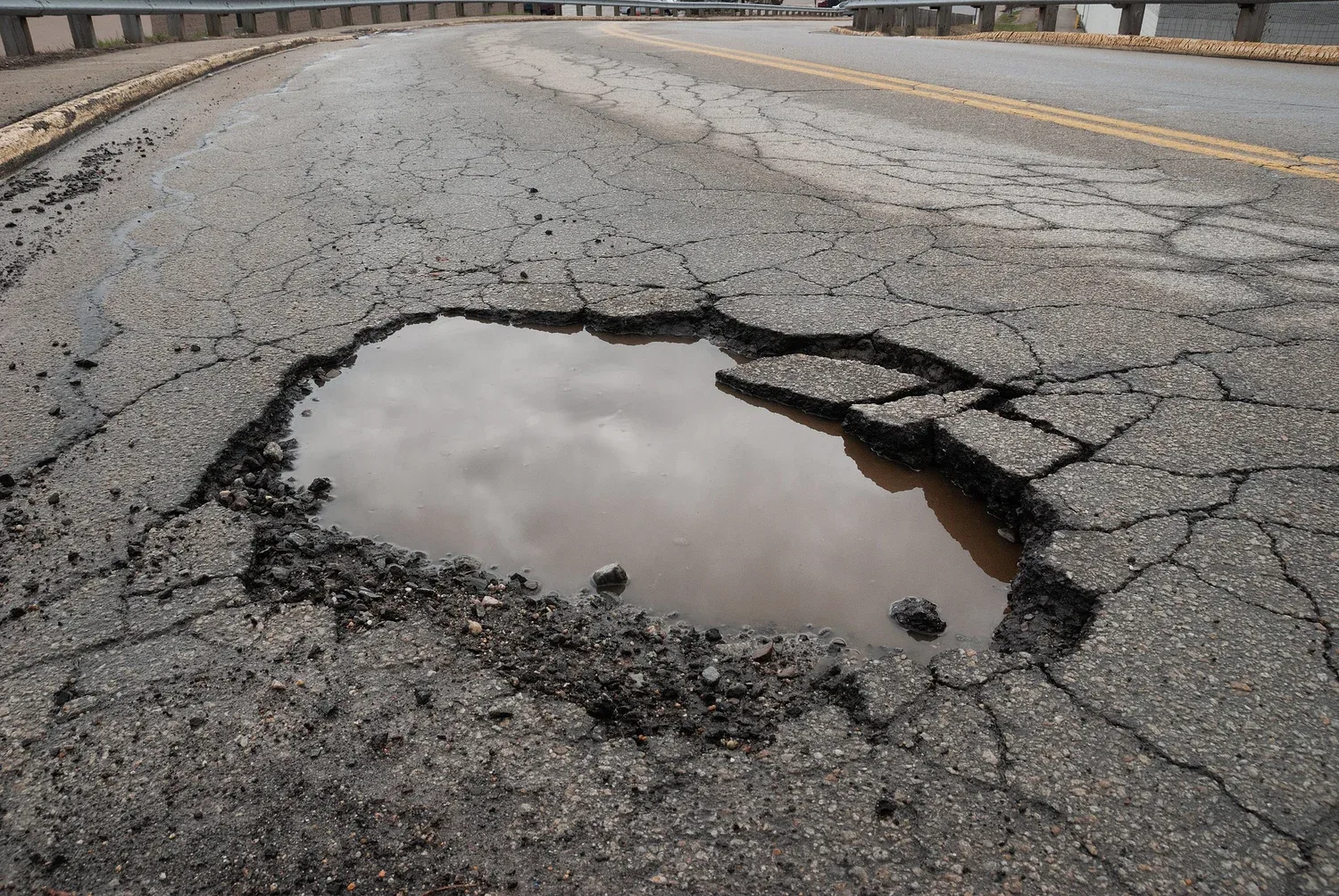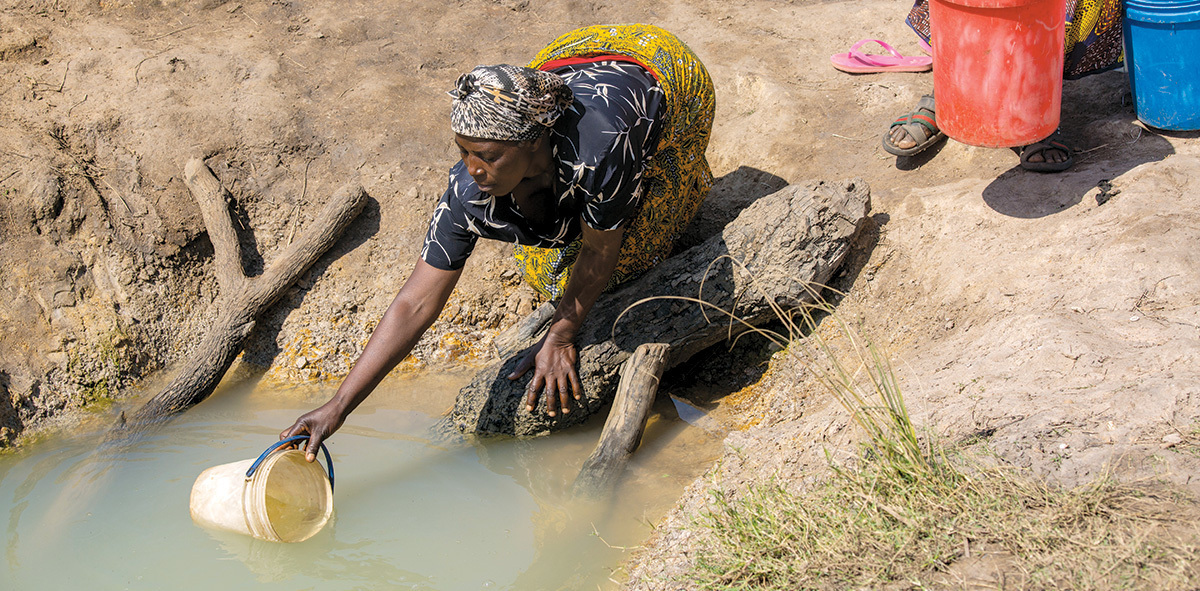At the ABC Health session at the Africa Film Finance Forum, which took place on September 18, 2025, keynote speakers, Mrs Omobolanle Victor-Laniyan (OVL Foundation, Kratos Sustainability Consults) and Dr Chinonso Egemba (Akproko Doctor, AwaDoc) highlighted how Africa’s creative industries aren’t just changing attitudes, they are creating opportunities for private capital funding and reshaping what is probably the continent’s future healthcare.
Africa’s Loudest Microphone
Victor-Laniyan opened by framing African cinema as a tool that turns numbers into narratives and urgency into traction. Referencing films such as “Living in Bondage,” “93 Days,” and “The Milkmaid”, she noted that those films were not just for entertainment purposes; they shared powerful narratives, which shifted perceptions on corruption, identity, and health crises across the Africa.
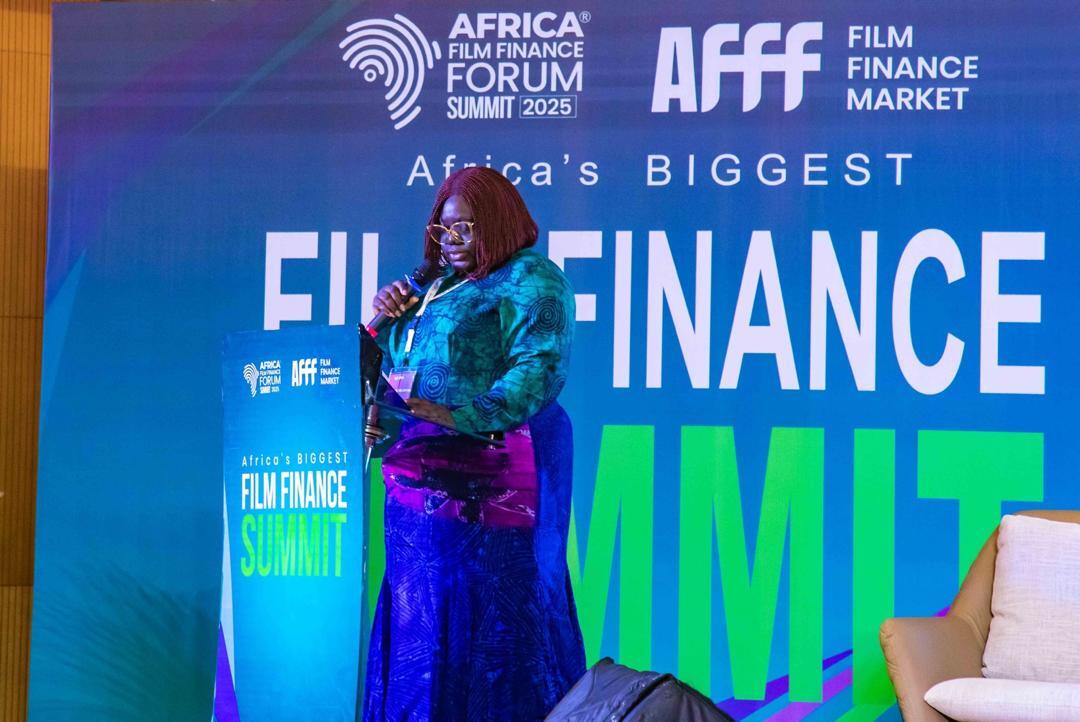
Storytelling reaches beyond policy briefs by making problems and solutions real, urgent, and human
Proof That Stories Mobilise
Dr Egemba (Akproko Doctor) also shares insights into how Africa’s stories travel faster than medicine, catalysing mindset shifts and even policy. He mentioned films such as Soul City in South Africa, MTV Shuga in Kenya and Nigeria, as bold narratives bringing to light the challenges around HIV, mental health, and gender-based violence.
He explained that the right stories change habits and open doors for scalable investment and blended options of finance
Victor-Laniyan reinforced that private sector collaboration matters: “Films can mobilise more than emotion. They trigger investment. With the right partners, they can turn scripts into clinics or even national campaigns”
From Emotion to Investment
Both speakers mapped out Africa’s vast healthcare gap, amounting to over $66 billion annually. They called on producers, private equity, and innovators to treat films as investable pipelines: projects with clear impact metrics, rights pre-packed for cinematic, broadcast, and streaming revenues, and outcomes that go beyond buzz to change behaviours, drive service uptake, and inform regulation.
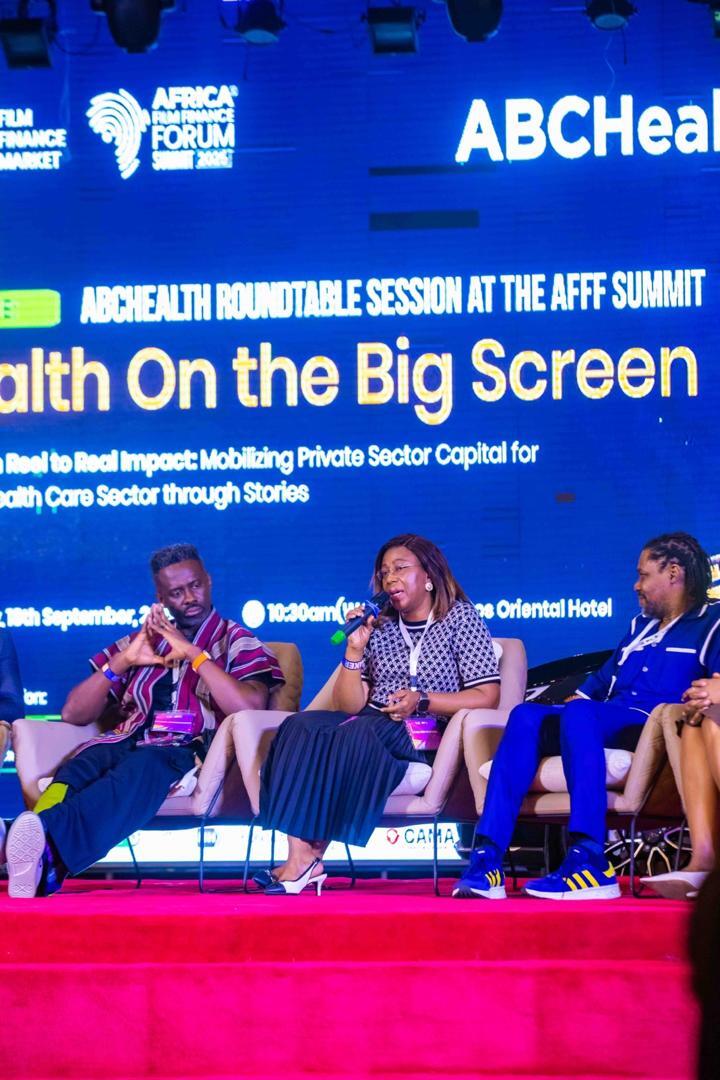
Akproko Doctor reasoned, “If Nollywood can gross millions, a powerful health documentary should unlock cycles of innovation, finance and trust at scale.” Impact stories, he argued, are infrastructure: they build the brand and backbone for new markets in health care delivery.
From Reel to Real Change
According to Victor-Laniyan, this transformation begins on multiple levels. Five critical actions connect the screen to real-world progress and make sustainable health investment more than a slogan.
- Ensure every film carries clear investor KPIs, measuring not just views but conversions to screenings, follow-ups, and care.
- Align production with Environmental (Economic), Social, and Governance (ESG) purposes, leveraging branded entertainment and private capital for public health goals.
- Organise screenings alongside investment panels, so capital and creativity move together.
- Collaborate with communities and healthcare practitioners to ensure authenticity, trust, and follow-through from big screen to real world.
- Create transparent impact dashboards so funders and regulators can track patient journeys from narrative to outcome.
To close, Victor-Laniyan and Akproko Doctor ended with a challenge: “Africa’s big screen is its loudest microphone. Let’s use it not just to share stories, but to deliver systems and solutions.”
They emphasised that by weaving together bold narratives and market logic, Africa’s Health Care Delivery Systems and the Film Industry, could change major health challenges across the continent. They called on Africa’s creative class to step forward, not just as artists, but as architects of a healthier, more investment-ready future.

